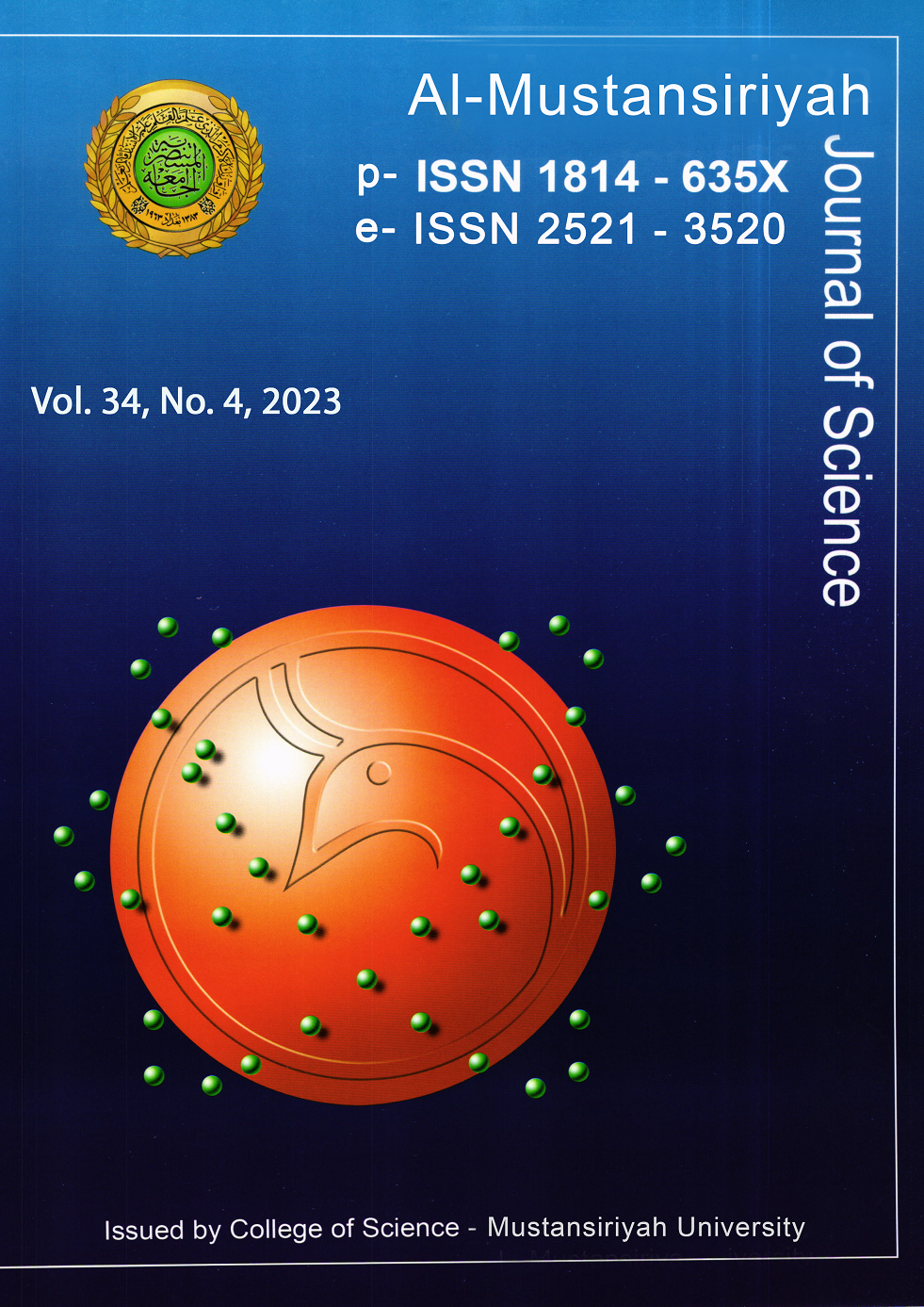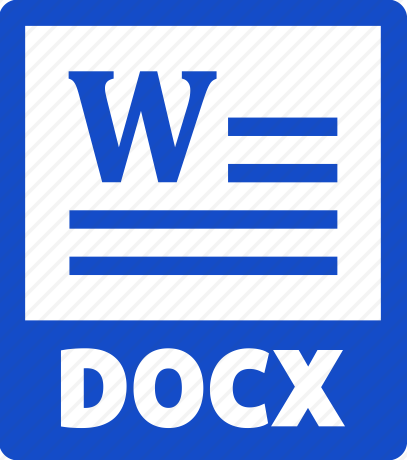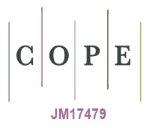CdSe and CdTe Mechanical Properties Revealed by COMSOL Multiphasics
DOI:
https://doi.org/10.23851/mjs.v34i4.1355Keywords:
High pressure, mechanical stress, simulation, strain, semiconductorAbstract
Two Metal chalcogenide compounds CdTe and CdSe have been studied in depth because they are used in many optoelectronic and electronic devices. High pressure causes structural phase transitions in semiconductor materials, which have been the subject of much research. CdTe is a direct band-gap IIeVI semiconductor. Cadmium-tellurium crystalline compound has been used in more and more industries. High dislocation density is one of the problems with bulk-grown CdTe. Comsol Multiphysics was used to evaluate mechanical stress on a material. COMSOL Multiphysics 5.5 allows you to access a database of physics simulations. (CdSe and CdTe) were simulated to show the effects of mechanical stress. We use a physical model called Solid Mechanics to model the effect of mechanical stress. The results show that when pressure was applied at different levels (50pa, 100pa, 200pa, 300pa, 400pa), the strain values of (CdSe or CdTe) were similar, but (CdSe) was more resistant to deformation than (CdTe).
Received: 24/03/2023
Revised: 05/04/2023
Accepted: 22/05/2023
Downloads
References
F. Yao and L. Fang, "Thermal stress cycle simulation in laser cladding process of niâ€based coating on h13 steel," Coatings, vol. 11, no. 2, pp. 1-17, 2021.
T. Seoudi, "Non-intrusive CdSe-based quantum dots for sensing pressure and temperature in lubricated contacts," University of Lyon, 2020.
C. Wang, B. Drame, L. Niare, and F. Yuegang, "Simulation of a New CZTS Solar Cell Model with ZnO/CdS Core-Shell Nanowires for High Efficiency," Crystals, vol. 12, no. 6, 2022.
E. Deligoz, K. Colakoglu, and Y. Ciftci, "Elastic, electronic, and lattice dynamical properties of CdS, CdSe, and CdTe," Phys. B Condens. Matter, vol. 373, no. 1, pp. 124-130, 2006.
J. Gulomov and R. Aliev, "Simulation mechanical stress influence to silicon solar cells by Comsol Multiphysics," Int. J. Adv. Trends Comput. Sci. Eng., vol. 10, no. 2, pp. 469-472, 2021.
D. Turnić, N. Marković, and T. Igić, "Stress analysis of steel plate girders subjected to patch loading in elastoplastic domain," Teh. Vjesn., vol. 28, no. 4, pp. 1408-1414, 2021.
H. Kim, D. Xu, C. John, and Y. Wu, "Modeling Thermo-Mechanical Stress of Flexible CIGS Solar Cells," IEEE J. Photovoltaics, vol. 9, no. 2, pp. 499-505, 2019.
S. M. Radu, F. D. Popescu, A. Andraș, Z. Virág, I. Brînaș, and M. I. Draica, "A Thermo-Mechanical Stress Based Fatigue Life Evaluation of a Mine Hoist Drum Brake System Using COMSOL Multiphysics," Materials (Basel)., vol. 15, no. 19, pp. 1-22, 2022.
M. Nardone, M. Spehar, D. Kuciauskas, and D. S. Albin, "Numerical simulation of high-efficiency, scalable, all-back-contact Cd(Se,Te) solar cells," J. Appl. Phys., vol. 127, no. 22, p. 223104, 2020.
J. Moseley et al., "Impact of dopant-induced optoelectronic tails on open-circuit voltage in arsenic-doped Cd(Se)Te solar cells," J. Appl. Phys., vol. 128, no. 10, 103105, 2020.
J. J. Tan, Y. Cheng, W. J. Zhu, and Q. Q. Gou, "Elastic and thermodynamic properties of CdSe from first-principles calculations," Commun. Theor. Phys., vol. 50, no. 1, pp. 220-226, 2008.
E. Unsal, R. T. Senger, and H. Sahin, "Stable monolayer α-phase of CdTe: Strain-dependent properties," J. Mater. Chem. C, vol. 5, no. 46, pp. 12249-12255, 2017.
S. Alptekin, "Structural phase transition of CdTe: An ab initio study," J. Mol. Model., vol. 19, no. 1, pp. 421-426, 2013.
N. Bouarissa, S. Saib, M. Boucenna, and F. Mezrag, "Lattice properties, elastic parameters and microhardness of CdTe under hydrostatic compression," Comput. Condens. Matter, vol. 17, p. e00346, 2018.
E. H. Chowdhury, M. H. Rahman, R. Jayan, and M. M. Islam, "Atomistic investigation on the mechanical properties and failure behavior of zinc-blende cadmium selenide (CdSe) nanowire," Comput. Mater. Sci., vol. 186, pp. 1-12, 2021.
Downloads
Key Dates
Published
Issue
Section
License
Copyright (c) 2023 Al-Mustansiriyah Journal of Science

This work is licensed under a Creative Commons Attribution-NonCommercial 4.0 International License.
(Starting May 5, 2024) Authors retain copyright and grant the journal right of first publication with the work simultaneously licensed under a Creative Commons Attribution (CC-BY) 4.0 License that allows others to share the work with an acknowledgement of the work’s authorship and initial publication in this journal.






















